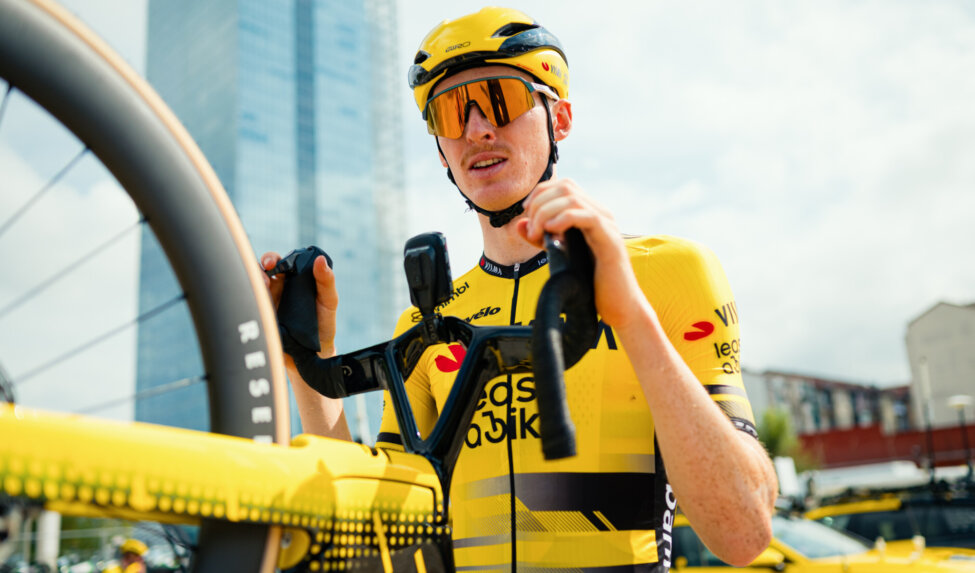How INSCYD has helped Team Jumbo-Visma coaches to plan ahead of the Classics
Our riders do a lactate test several times a year. Head of Performance Mathieu Heijboer explains how these tests help our riders in preparation for the classics.
There are some important physiological determinants where riders need to work on ahead of the Classic season. Heijboer: “We consider VO2max, anaerobic threshold and absolute power as the most important metrics riders need to work on ahead of the Classics. That is why a light rider with a little absolute power will have less chance to perform well in a Classic and that is also why we mainly train on these metrics in preparation for those events.”
Heijboer also gives some examples of the targets set during the training: “We try to get the VO2max as high as possible. Spring Classics are simply a battle of exhaustion where endurance is the most important parameter. We also try to 'fine-tune' the VLamax individually, but this is different for every rider. Ingeneral you can say that a classic rider has a Vlamax between 0.35 - 0.5 mmol/L/s.”
With the help of the INSCYD Team Jumbo-Visma can determine the value of the above metrics, then train the riders in a very targeted way and check them again after a while. So INSCYD is truly essential in our training management.
This season we started with field testing last January in Alicante. During this training camp we tested on the flat with sprint tests and uphill with a 4-phase test. At this moment, our classic riders are back in Alicante for the last preparations. We will do some tests and compare the results with the tests of last January. With these last results, we continue the training towards the classics.












